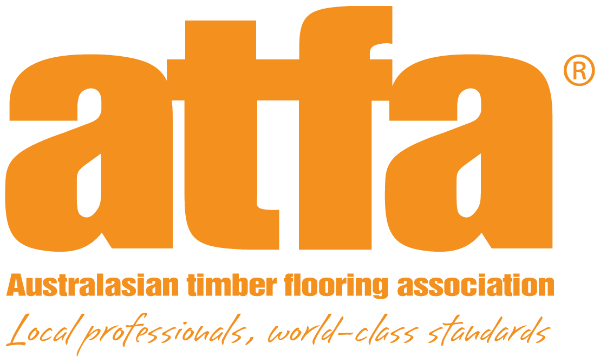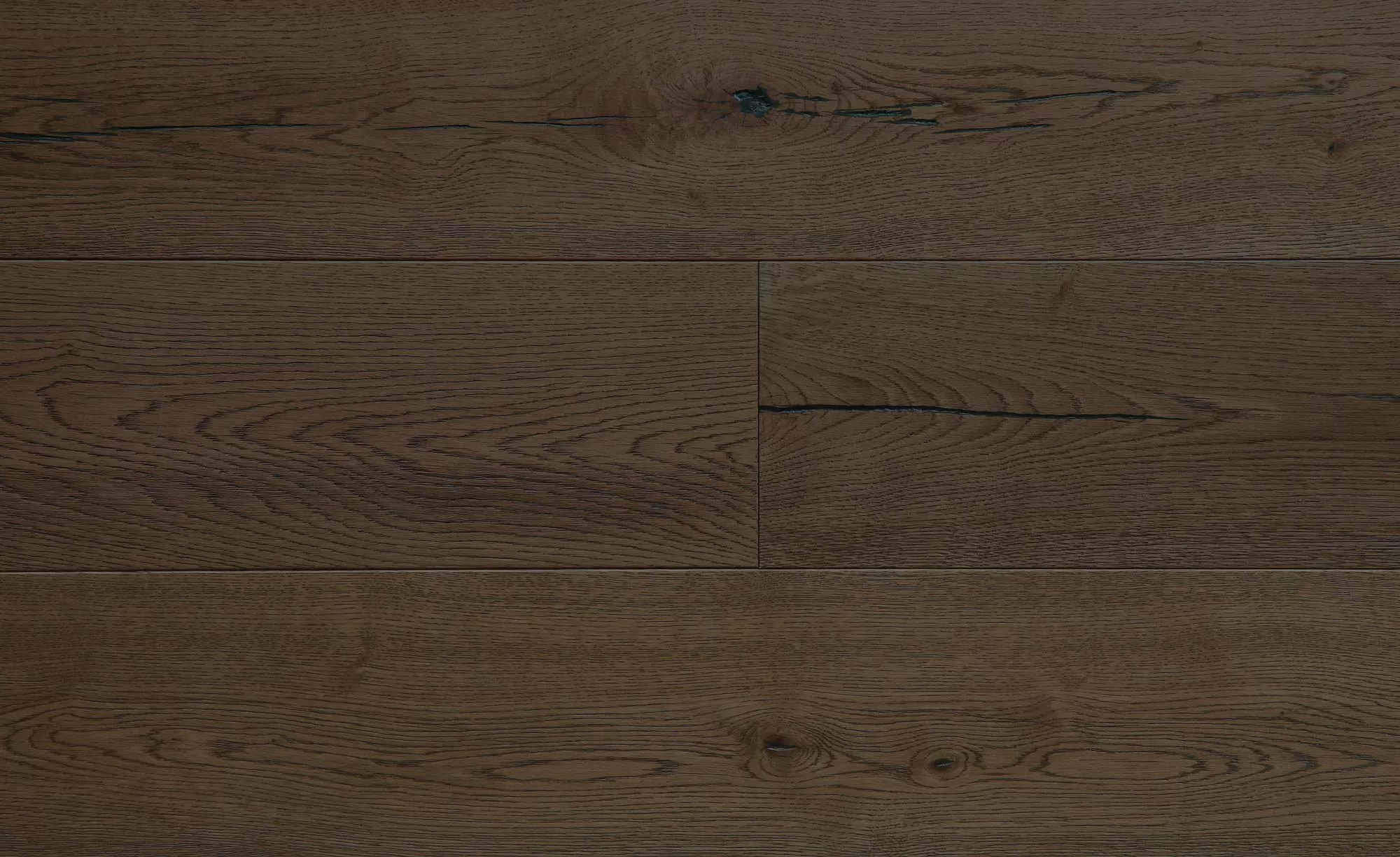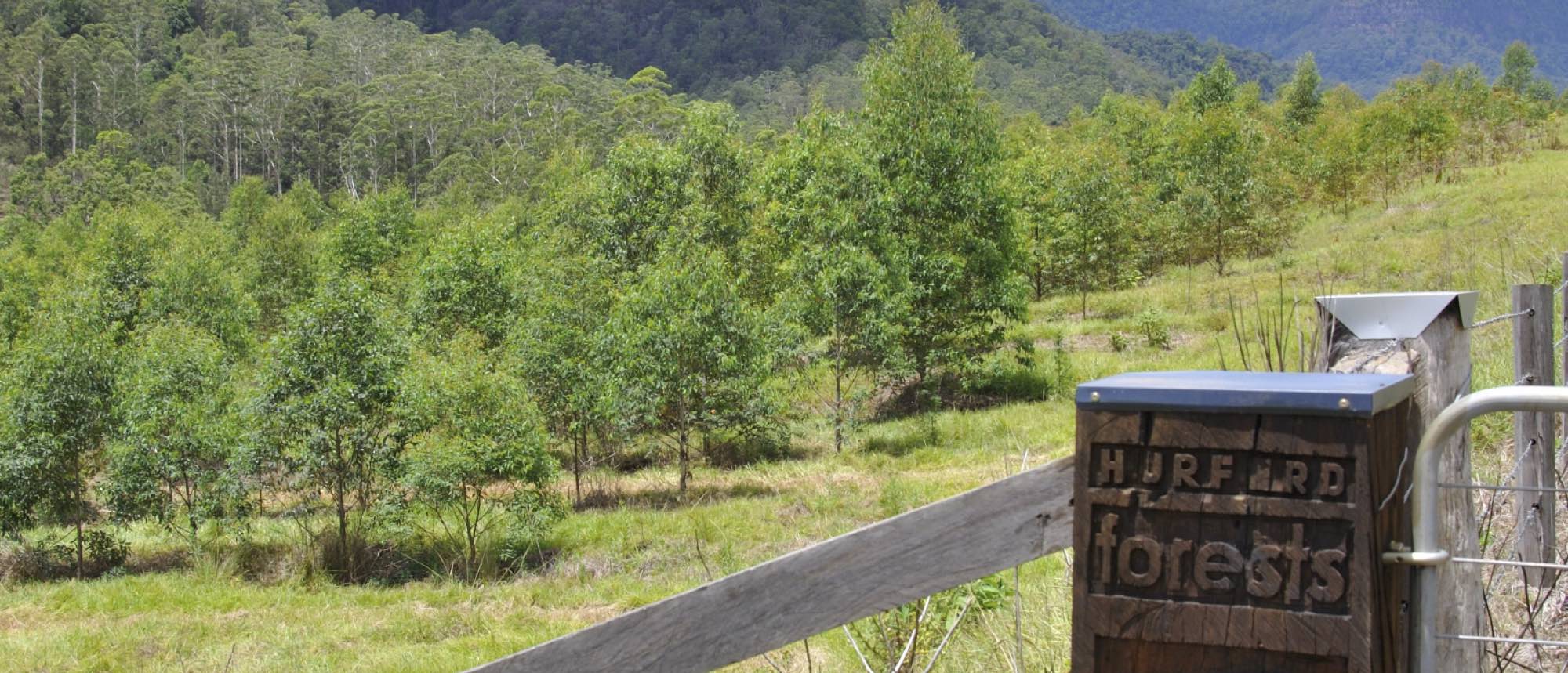Timber flooring is the most sustainable flooring option available.
Did you know up to 50% of the dried weight of your solid timber floor is carbon that has been absorbed from the atmosphere while the trees grew? The carbon sequestered in wooden flooring is stored for life, lowering the amount of carbon dioxide in the atmosphere, helping mitigate climate change.
But using timber instead of other flooring materials also delivers other environmental and health benefits beyond carbon storage:
#1 When timber products are disposed of, they breakdown naturally, whereas vinyl, carpet or tiles do not.
#2 A timber floor is harder and more durable than other surfaces. It can last a lifetime meaning less waste from renewing your flooring (unlike carpeting, which has a lifecycle of 10-15 years).
#3 Hardwood is more energy-efficient than other flooring surfaces and is a sustainable resource.
#4 There are numerous health benefits of timber flooring including lowered stress levels, heart rate and blood pressure, improved levels of self-expression and emotional state, and improved air quality through woods ability to moderate humidity levels (Planet Ark Wood – Housing, Health, Humanity Report, 2015).
#5 And when it comes to maintenance, hardwood is easier to keep squeaky clean compared to most other flooring surfaces.
The Australian forestry industry is one of the most greenhouse-friendly sectors of the economy, and in fact is one of the few sectors to actually remain carbon positive. That means that as an industry, forestry actually absorbs more carbon than it creates, and therefore timber floors capture a substantial part of the environmentally friendly flooring market.
The management of Australia’s production forests is among the best in the world in terms of conservation reserves and codes of practice. Only 6% of Australia’s 147 million hectares of public native forests are available for timber harvesting, and only about 1% of these are actually harvested each year.
Two forest management schemes operate in Australia:
- The Australian Forest Certification Scheme (AFCS), accredited under the international Program for Endorsement of Forest Certification Schemes (PEFC)
- Forest Stewardship Council (FSC)
Forest certification is voluntarily and requires stricter forest management practices than those mandated by government regulation.
Chain of Custody certification is used to track and trace wood from its harvest location through the manufacturing process to the final point of sale, which can be in Australia or overseas. Each company in the chain needs to be certified to guarantee the integrity of the chain.
Portions of this newsletter reproduced with permission from



